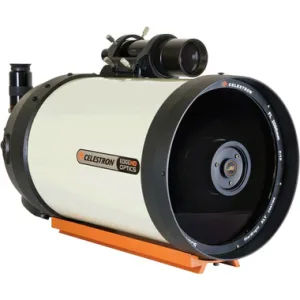
Atacama Large Millimeter Array (ALMA)
ObservatoryAbout
The Atacama Large Millimeter/submillimeter Array (ALMA) is a revolutionary radio interferometer located on the Chajnantor Plateau in Chile's Atacama Desert. It consists of 66 high-precision antennas, with 54 being 12 meters in diameter and 12 being 7 meters in diameter. ALMA operates at wavelengths between 0.32 and 3.6 millimeters, allowing it to study the cool Universe, including molecular gas and dust. This enables scientists to explore the formation of stars, planetary systems, and galaxies. ALMA's unique location at an altitude of 5,000 meters minimizes atmospheric interference, providing unparalleled sensitivity and resolution. It can form images sharper than the Hubble Space Telescope, making it a powerful tool for understanding cosmic origins. ALMA is an international collaboration involving the European Southern Observatory, the U.S. National Radio Astronomy Observatory, and the National Astronomical Observatory of Japan. Its findings have significantly advanced our knowledge of early universe chemistry and distant celestial phenomena.
